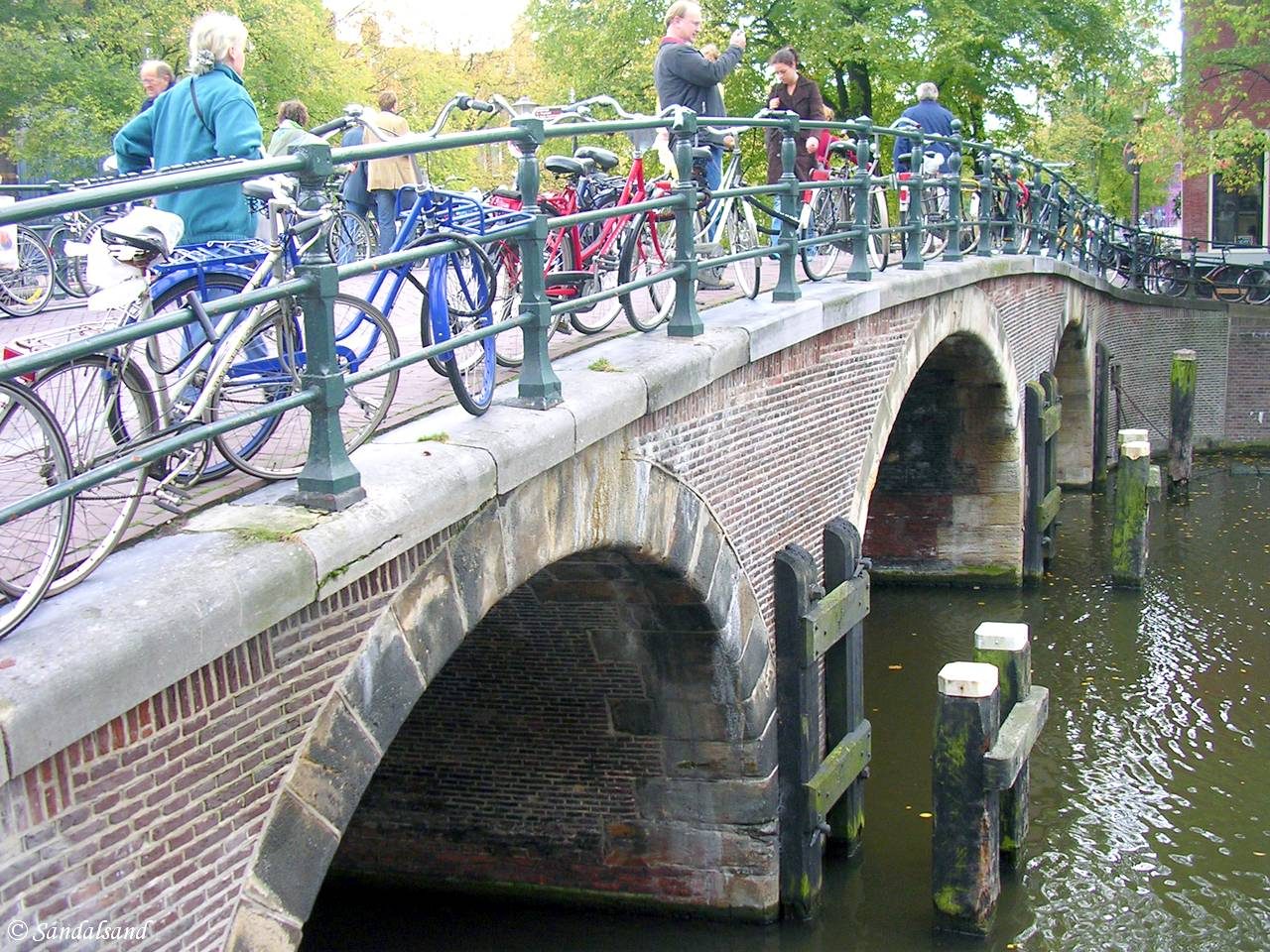Amsterdam has a very unique urban layout, due to its location in the lowlands. But there is a lot more to Amsterdam too.
The UNESCO World Heritage List includes more than a thousand properties with outstanding universal value. They are all part of the world’s cultural and natural heritage.
Official facts
- Official title: Seventeenth-century canal ring area of Amsterdam inside the Singelgracht
- Country: Netherlands
- Date of Inscription: 2010
- Category: Cultural site
UNESCO’s World Heritage Centre’s short description of site no. 1349:
“The historic urban ensemble of the canal district of Amsterdam was a project for a new ‘port city’ built at the end of the 16th and beginning of the 17th centuries. It comprises a network of canals to the west and south of the historic old town and the medieval port that encircled the old town and was accompanied by the repositioning inland of the city’s fortified boundaries, the Singelgracht. This was a long-term programme that involved extending the city by draining the swampland, using a system of canals in concentric arcs and filling in the intermediate spaces. These spaces allowed the development of a homogeneous urban ensemble including gabled houses and numerous monuments. This urban extension was the largest and most homogeneous of its time. It was a model of large-scale town planning, and served as a reference throughout the world until the 19th century.”
My visit
I have been to this heritage site several times and still find it interesting to walk along the canals, cross the bridges and venture into the more or less hidden courtyards, like the Begijnhof.
Browse to the PREVIOUS or NEXT post.


